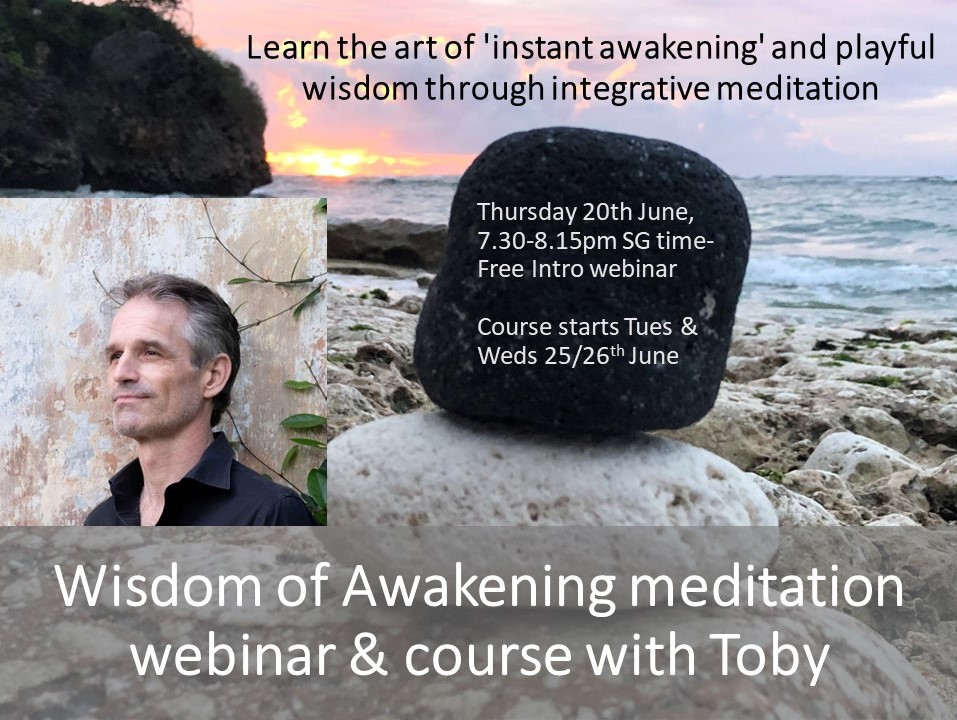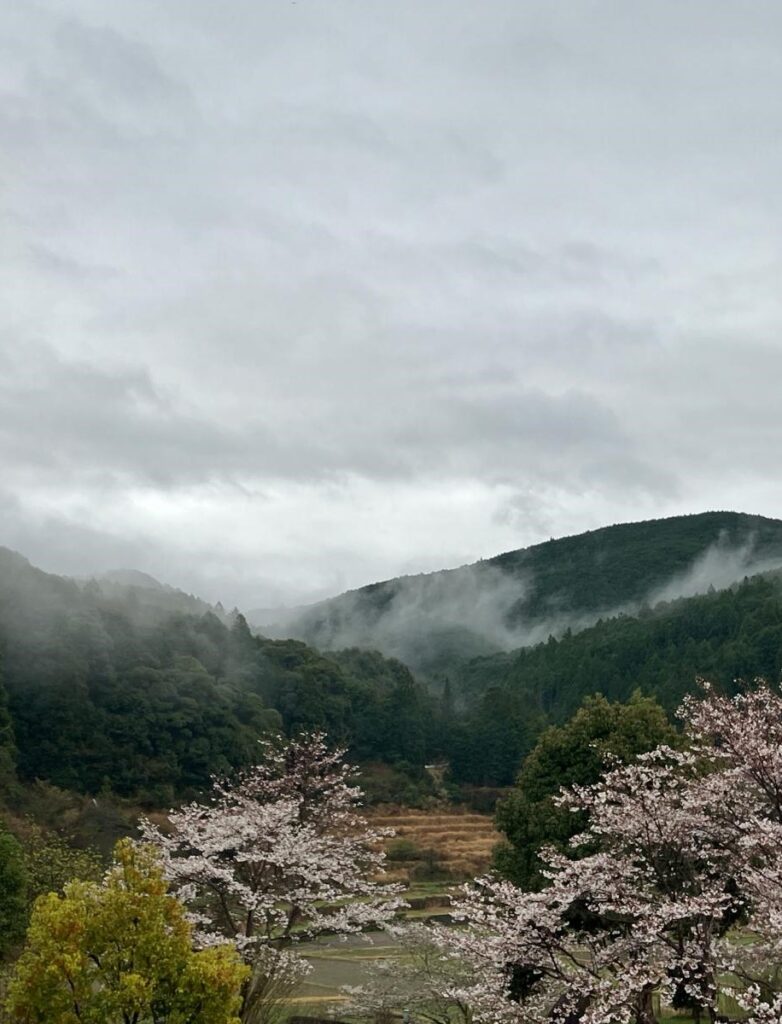“The skill of mindful awareness is actually a pre-skill, meaning that if you are good at it, you can use it to develop any other skill or capacity relatively easily.”

Dear Integral Meditators,
This week’s article is on the foundational components of effective mindfulness. If you enjoy it, feel free to join us for the Tuesday or Wednesday meditation class, where it will be a focus point.
It will also be a focus point of the Engaged mindfulness online class this Saturday 13th July @ 5pm Singapore time.
I have now expanded my first book Engaged Mindfulness to an ‘Engaged Mindfulness Project’. On this page, you can:
- Download the PDF copy
- Buy a hard copy of Engaged Mindfulness
- Follow the links to the training pages with guided meditations based upon the book, & the online live meditation classes.
Do visit the page, & stay tuned for more details!
In the spirit of engaged mindfulness,
Toby
Awareness, attention, intention – The holy trinity of integral mindfulness
This article is designed to encourage people to understand some primary elements of integral mindfulness practice, and to get practicing!
Component one – Awareness
Mindfulness is essentially awareness training. Awareness is what is called in objectivist philosophy is called an ‘irreducible primary’. “An irreducible primary is a fact which cannot be analysed (i.e., broken into components) or derived from antecedent facts”. The quality of awareness or consciousness is something that we experience directly, and that cannot be broken down into smaller parts, hence primary. To be alive is to be aware, our only choice is whether we are consciously aware, or unconsciously aware. Thus the first task of mindfulness is to make the choice to be consciously aware, and to sustain that conscious awareness. Put another way:
“Mindfulness is the choice to be consciously aware as we go through life, rather than unconscious, and to direct our awareness consciously and skilfully.”
The skill of mindful awareness is actually a pre-skill, meaning that if you are good at mindful awareness, then you can use that awareness to develop any other skill or capacity relatively easily. Lacking the skill of awareness impairs the development of all other capabilities and skills in life. The capacity for mindful awareness sets you up for success in any given area of life. Lack of awareness impairs that potential.
Component two – Attention
The second foundation is conscious attention. The aim with mindfulness practice is to develop the capacity to direct your awareness where you want it to go, using your attention. “What am I trying to focus upon? And where do I need to focus my attention?” Are two fundamental mindfulness questions. Exactly where you need to focus your attention optimally is going to vary from task to task, but good quality mindful attention generally consists of a balanced combination of focus and relaxation. This combination is what I call the mindful-flow state, where we practice the skill of holding our attention on our chosen objects/activities with high quality, relaxed, focused attention.
Component three – Intention
Component three is intention. Like awareness and attention, we have an intention present within our mind almost all the time. This intention can be conscious or unconscious. The idea with integral mindfulness is that we become as mindful of our intentions as possible, and are generating them purposefully. ‘Why am I doing this?’ is a fundamental question, mindfully speaking!!
There are an infinite number of specific intentions, but a good place to start is cultivating three general levels of conscious intention with regard to self, other and the world. Underlying all of our other intentions, we hold the intention to:
- Be of benefit to ourself
- Be of benefit to our community
- Be of benefit to the world
These three benevolent intentions can be the guiding light for most of our actions during the day.
So, putting these three together then gives us a kind of ‘holy trinity’ of integral mindfulness. All integral mindfulness trainings are designed to improve your awareness, attention and intention. These in turn are fundamental pre-skills that enable you to develop any other skills, and meet your life challenges more effectively.
As a practice to get started, simply take as your object of conscious awareness your breathing as you find it. Focus upon it with focused relaxed-attention (mindful flow), with the intention to:
- Benefit yourself by calming and centering
- By calming and centering, be of more positive influence to your community
- By influencing your community in this way, being of benefit to the world
And there you go; you are practicing the holy trinity of integral mindfulness.
Related reading: Page 4 of Engaged Mindfulness that you can download as a free PDF of purchase as a hard copy
© Toby Ouvry 2024, you are welcome to use or share this article, but please cite Toby as the source and include reference to his website www.tobyouvry.com
Upcoming meditation sessions & workshops with Toby
Ongoing – Weekly Tuesday, Wednesday Online class schedule
Starts Tues /Weds 25th & 26th June, 7.30-8.30pm – The Wisdom of Awakening Series: Meditations for cultivating your inner guidance & guru
Saturday 13th July 5-6pm Singapore time – Engaged mindfulness & meditation online class : An introduction to the art of engaged mindfulness
Saturday 27th July, 5-6pm – Mantra yoga meditation class: This month – Healing meditation with the Medicine Buddha
Follow Toby on: LinkedIn, YouTube, Instagram
Integral Meditation Asia
Online Courses * 1:1 Coaching * Books * Live Workshops * Corporate Mindfulness Training *Life-Coaching * Meditation Technology










